Modern Cladding Type Guide
Cladding, in general, refers to the non-structural modifications that are generally affixed to the core structure of buildings to produce exterior, non-structural surfaces. It sometimes also called the external walls or external wall cladding. The essential functions of cladding are to provide weatherproofing and a robust, elegant, and aesthetic look. Cladding assures that the structure is impervious to pollutants, molds, and climatic change, such as humidity, sunshine, high winds, and other weather conditions.
Architectural cladding provides a protective barrier against the elements to improve a building’s structural integrity and usefulness. Cladding is very fast to install when done by experts and if properly cared for, it may last for a very long period, depending on the grade of materials used.
It’s true, architectural cladding has been around for a long time; however, the materials used have changed throughout time. The various house cladding options available serve different purposes and functions from natural stone to aluminium cladding, so you are sure to choose the one that is most ideal for you, considering everything from the weather and your budget to your personal tastes such as the exterior colour of your home. Cladding has really taken off around Melbourne in the last 5 years. And there are a number options for your homes exterior which can add a lot of kerb appeal.
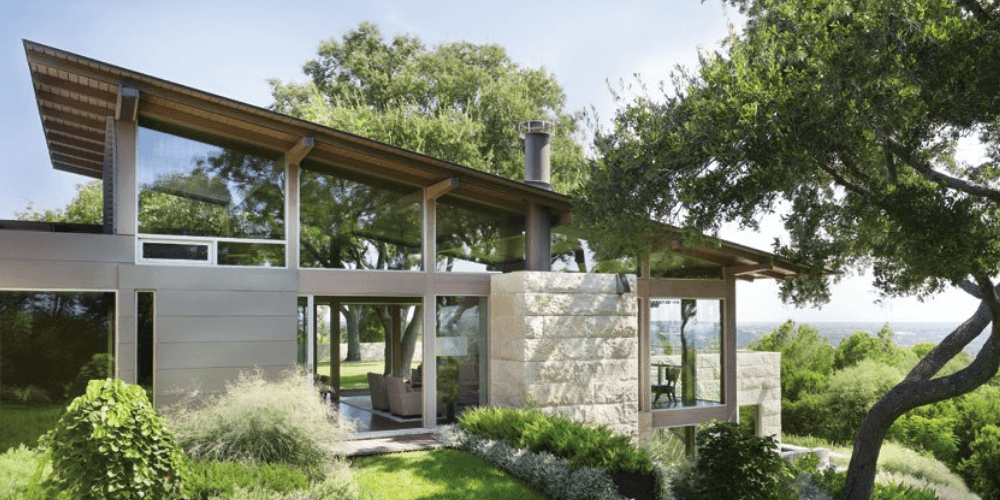
In This Article
Why Do We Need Cladding?
The outer cladding or exterior walls of a structure may help it endure external/atmospheric impacts in a variety of ways, including:
- Protecting from the elements, such as heat (direct or indirect), cold, wind, rain, pollution, and so forth.
- Insulating the outer facade while preserving the inside heat load.
- Providing an acoustic barrier between the building and the hectic urban environment outside.
Wall cladding was formerly seen as a kind of aesthetic art called feature walls, but it has now evolved into a necessity. The number of possibilities for wall cladding has increased throughout time, as have the purposes of cladding.
Types Of Modern Cladding
Buyers have a plethora of options when it comes to cladding construction. To dispel any uncertainties, let’s take a closer look at a range of claddings, each of which has its own set of pros and cons so that you can make the best choice for your architectural cladding design. It is always better to know more about cladding before you hire cladding contractors like Total Roofing and Cladding.
Clay Cladding
Clay cladding is an architectural cladding popular among contemporary builders who want to show their eco-friendliness to their consumers. This is an environmentally friendly type of cladding that is generally durable on the exterior and adds to the total value and the design of the building. These claddings are not only attractive, but they also have several benefits over other kinds of cladding materials, including low maintenance, durability, thermal insulation, weather resistance, and a long lifespan.
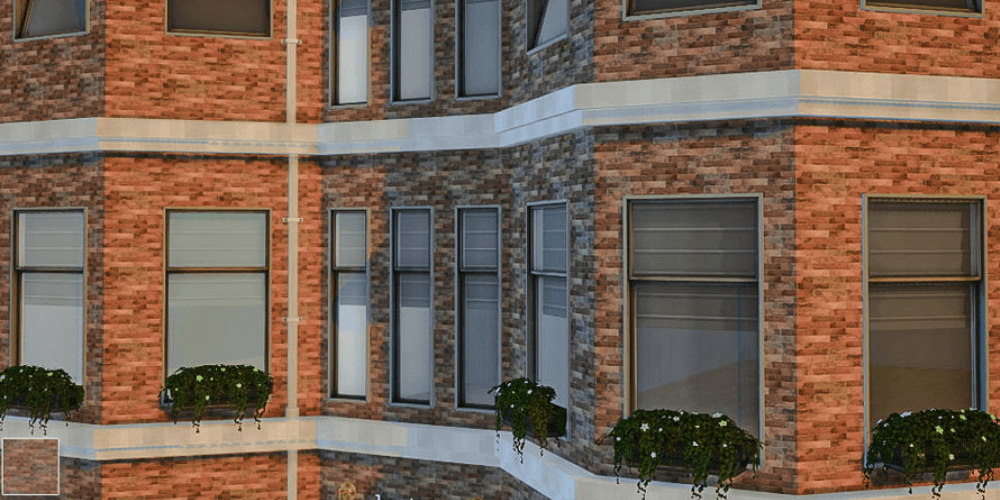
Tile cladding
Tile cladding is a comparatively recent addition to the cladding industry. It comes in the shape of a panel or tile and is suitable for the exterior and interior of your home. These are long-lasting and simple to maintain, and they may convert your home into a trendy haven. You have the option of using either contemporary touch layouts or a natural textured aesthetic. You can even mix tiles of various shapes and sizes to give your home a distinctive and elegant appearance since they are pretty robust and long-lasting. Furthermore, since these tiles are excellent insulators, they are also energy efficient.
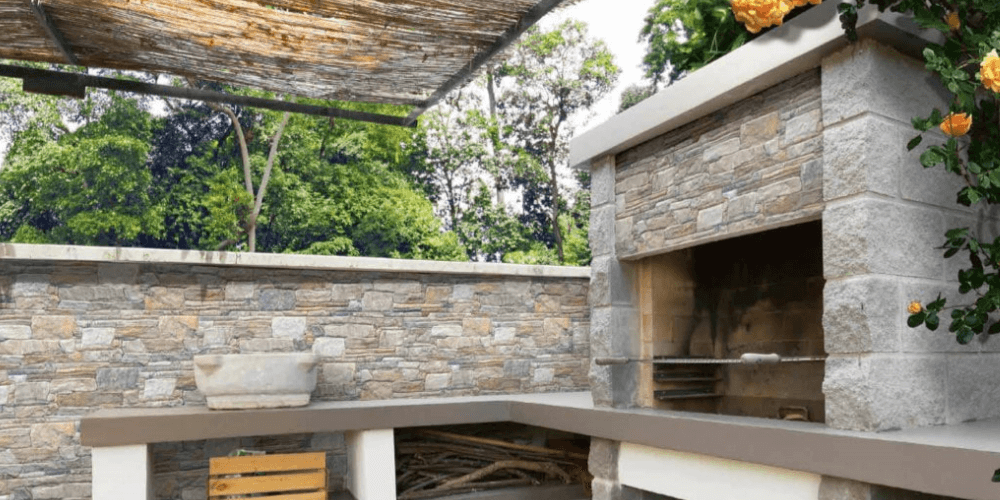
Glass Cladding
Glass claddings may entirely modify the appearance of your building’s exterior and provide a wide range of customization and design possibilities. This cladding is available in an extensive selection of tempered, laminated, curved, and enameled alternatives and is cost-effective and economical to use, making it an excellent choice. Furthermore, since glass has such a strikingly current and contemporary appearance while also allowing for considerable creative flexibility in form, design, composition, and scale, it is particularly well suited for modern cladding applications.

Brick Cladding
Clay bricks are one of the earliest building materials, and they’re still utilized for exterior cladding in various ways. When built like a wall of sufficient thickness and exposed cladding material, it may be used as a weight-bearing element that can tolerate temperature changes, rain, and pollution. First-rate bricks made of high-quality clay can withstand fire for an extended period. The size of bricks, the manner of construction, and the component of fire resistance substance in bricks, clay, are the features of bricks that make them fire-resistant. It has long been known that brick masonry construction is the best option for protecting a building against fire.
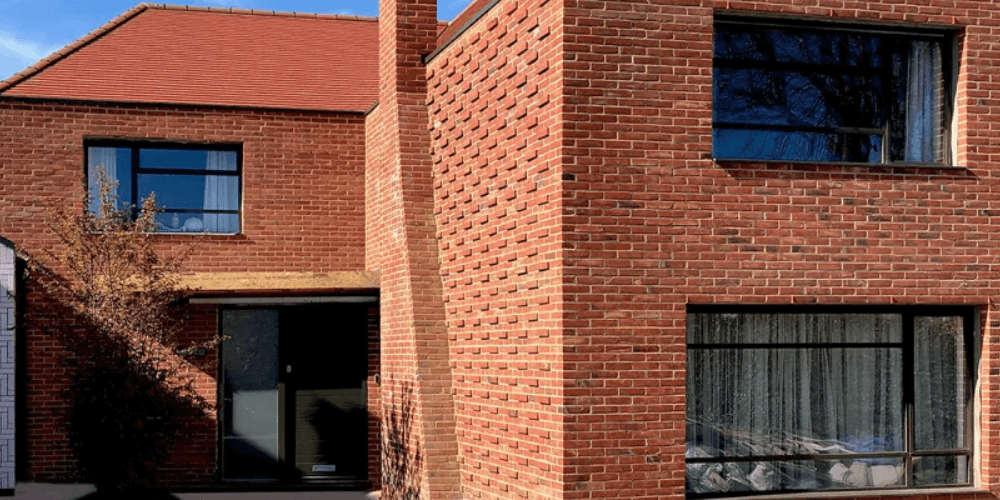
uPVC Cladding
If your gutters have a lot of rust on them, it may be time to replace them. This is particularly true if your gutters are rusting through in many locations and don’t seem to be very sturdy. If your gutters have mild rust, you may use a wire brush to remove the loose rust and then paint the area with rust converter paint to neutralize the rust.
This may be used as a primer or base coat. Apply roof cement to the rusted area and push some aluminum foil or metal flashing into it. On top, apply another coat of roof cement. This may be a workaround for the time being.

Wooden Cladding
Wooden cladding is available in a variety of shapes and sizes, including planks and shingles.
To correctly describe cladding, explore wood cladding, which is one of the most common cladding patterns. Timber cladding provides a unique set of benefits compared to most forms of cladding.
Timber cladding is a fantastic choice since it is a natural material that is warm and inviting. Timber also comes in a variety of colours, designs, and textures, ability to customize and personalize your structure. Furthermore, lumber is a renewable resource that may be reused in the future if you decide to start a new cladding project.
Timber cladding may pick from various hardwoods, softwoods, and even upgraded woods to match your budget. It’s a good idea to look at wood cladding features before you start cladding projects so you can be sure you’re using the appropriate material.

Argemax Cladding
Composite fiber panels are used to make these architectural claddings, an alternative to the latest market trends. These are often large format panels that can be readily transformed into any shape or size, allowing various design options. Low warpage, fire resistance, dryness, water absorption, ease of installation, and zero maintenance are just a few of the advantages of these massive panels.

Ceramic Cladding
For centuries, ceramic cladding solutions have been a popular option for aesthetic reasons among architects all over the globe. It’s low-maintenance and chemically resistant to pollution, acid rain, and smog. Its revolutionary design and endurance allow for larger tile size and arrangement flexibility.
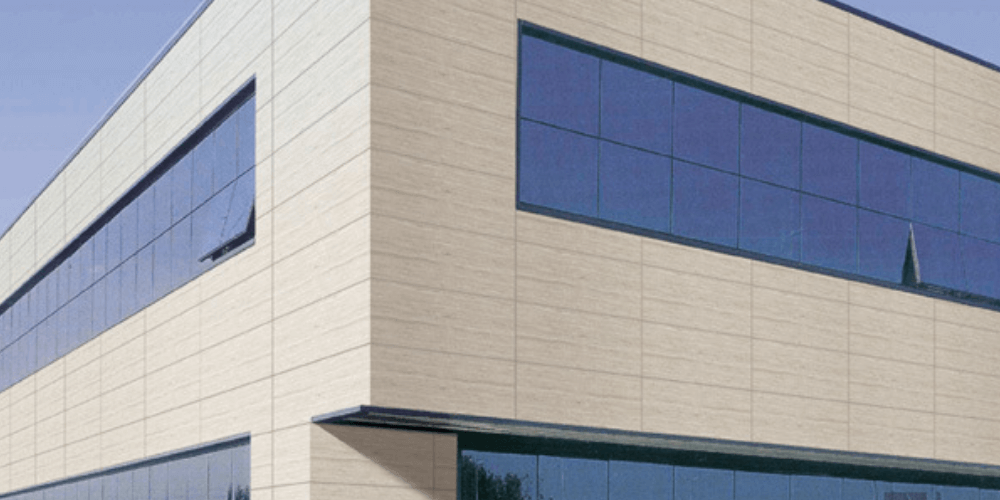
Metal Cladding
Another cladding option is Metal. For decades, metal cladding has caressed the curves and bends of buildings. Designers have embraced metal cladding for its formal flexibility and polish. Its appeal stems from its fantastic adaptability. The architectural cladding of this style is often seen in retro and contemporary structures. Steel and aluminium are the most widely utilized metals in metal cladding. Although metal cladding may take longer installation time, this style benefits environmentally benign, requiring less care, and not being affected by fires or insects. The maintenance in the long run is cost effective.
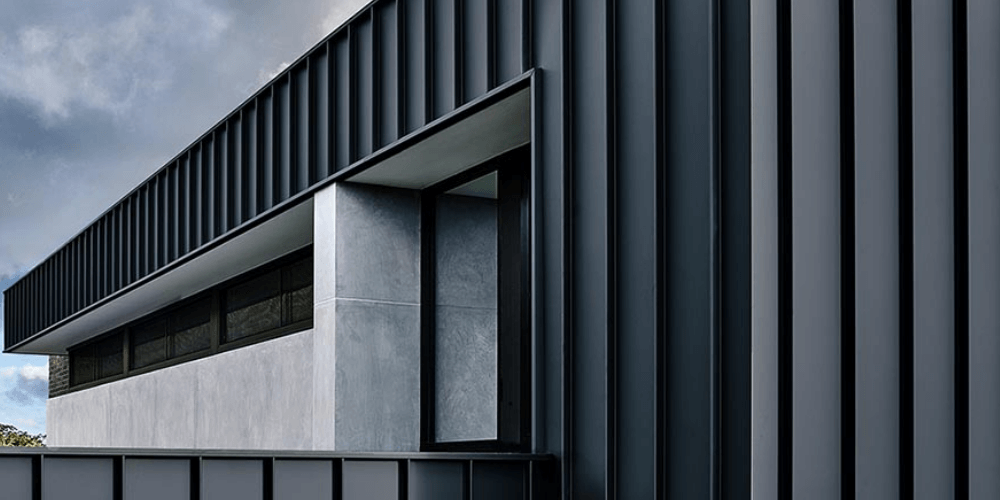
Metal Cladding Systems
Metal is often utilized for non-structural rain-screen cladding systems when the goal is to give both weather protection and a stunning exterior appearance. Metal panels may be joined and fastened to a structure in many ways due to their folding, pliable nature. Each method has distinct advantages in terms of construction difficulty and aesthetic finish. The following are some of the most commonly used systems:
Flatlock and shingle
Flatlock panels interlock to provide a flush, flexible, thin façade that is easy to maintain. Reversed Flatlock is used to describe the system’s installation in reverse, resulting in deeper express lines. A particular variant of the flatlock technology is the creation of a shingled metal façade by folding panels into interconnecting tile shapes and stapling them together.
Standing Seam
Standing seam cladding is distinguished by sturdy folding connections between panels, making it one of the most distinctive systems. Its hidden fastening elements enable smooth architectural exteriors, making it a popular option for a wide range of typologies. Aluminum galvanized, or stainless steel, titanium, zinc, and weathering (Cor-ten) steel are just a few metals that may be utilized with standing seam systems.
Cassette
The open-jointed cassette system, which is ideal for large cladding areas, can accommodate panels as long as 13 feet in length. This results in a modern, flat look since the cassettes are bent and secured with invisible clips, often attached to an aluminum frame.
Interlocking
With dramatic, express joints, an interlocking system creates a smoother look. The width of interlocking metal cladding panels may vary, and they can be designed to run horizontally, vertically, or diagonally.
Snaplock
A less complex alternative to standing seam, snaplock has a ribbed profile similar to the standing seam but does not need the use of specialized closing equipment to be installed. Snaplock panels are meant to “snap” together, making for a straightforward installation process.
Custom
Suppose none of the above alternatives for external cladding is a good match for your project may it be an upgrade or a home extension. In that case, a custom system may be created by a professional manufacturer, either by modifying an existing system or by creating something specific or new. Because customization can significantly raise the project’s cost, the project budget will need to be addressed in this instance.
Final Thoughts

Modern cladding or exterior wall cladding is one of the most effective ways to improve the appearance and value of your construction. There are several cladding styles or systems available in the market; you should choose one that meets your cladding requirements. If you’re having trouble deciding on the ideal cladding material, it’s a good idea to get assistance from a cladding expert.

